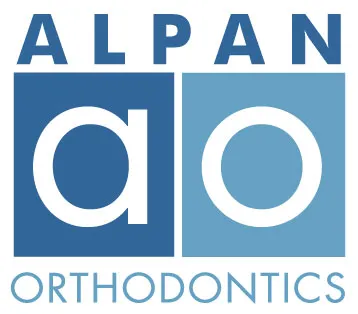You are ready to get braces, but just found out that you need to get a tooth pulled before they can be put on. This is never exciting news, but the only reason that orthodontists recommend tooth extraction is when it is necessary to create the optimal results that you are hoping for in your orthodontic treatment. Teeth may need extraction to make room for other teeth in the mouth, or they may be remaining baby teeth that need to be extracted before Phase II orthodontics. Or, if you haven’t been practicing good dental hygiene habits, an unsalvageable, decayed tooth needs to be extracted. In my practice, I never have a patient’s tooth extracted unless there is no other way to correct the problem, and it is absolutely necessary. It is in your best interest to have teeth extracted according to your doctor’s recommendations.
Undergoing a tooth extraction can be a scary proposition, and you may be afraid of complications that may arise after the procedure. Most often, patients don’t have any repercussions, but sometimes an extraction may be accompanied by some pain and swelling. If you have serious pain, your dentist can prescribe a pain medication, but the pain is often manageable with over-the-counter pain meds.
The first 24 hours after a tooth extraction is when any discomfort usually occurs. To treat swelling, apply a cold pack to the cheek near the location of the extraction. Eating soft foods is important, and you may find some relief eating colder foods like refrigerated applesauce or frozen yogurt.
After 24 hours, applying a warm compress will bring down the swelling. Only use the cold compress for the first 24 hours. Warmth is better after this point. Keep the compress on for 20 minutes and then remove it for 20 minutes. Repeat this process and do it a few times throughout the day. Eat a warm soup – not too hot as it may cause clotting – as warmer liquids can also ease some of the discomfort.
Remember that having a tooth extracted is a very common procedure. Your dentist is well-equipped to take care of you. Make sure that your dentist and your orthodontist are being kept informed of what kinds of treatments and procedures you are having at each office so that they can work together to provide the best care for your overall health.


